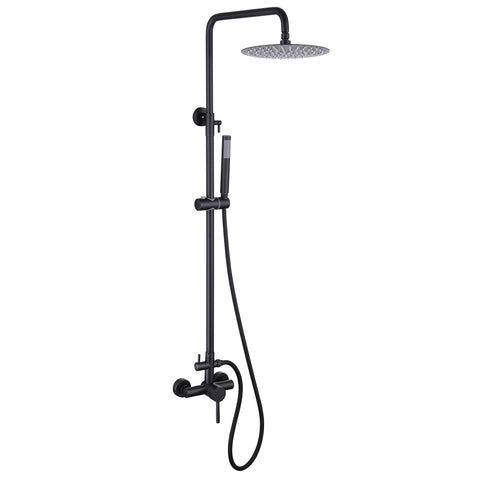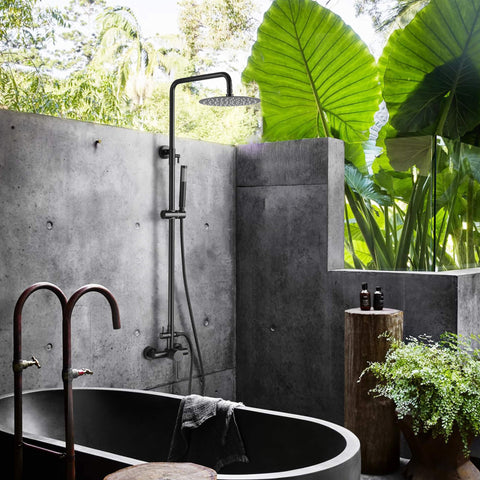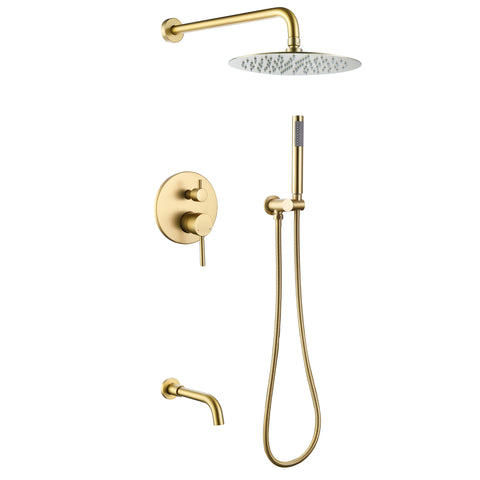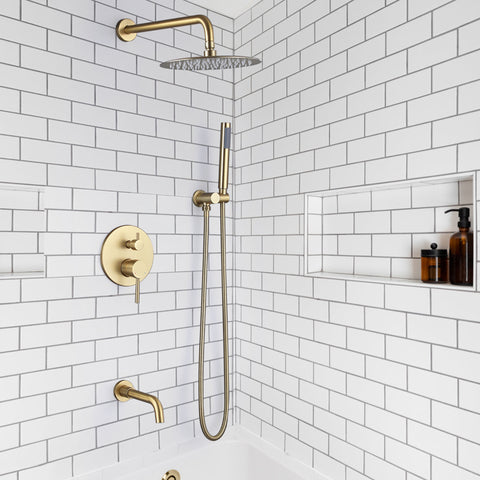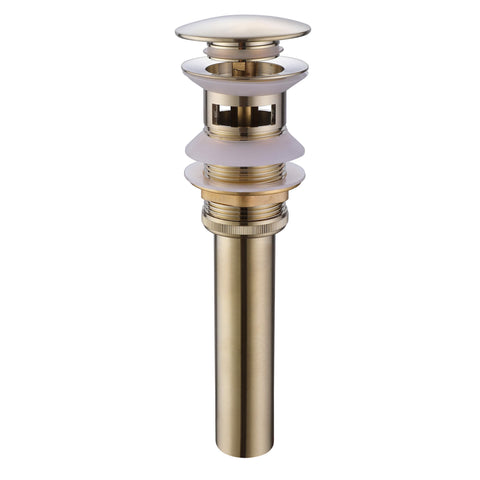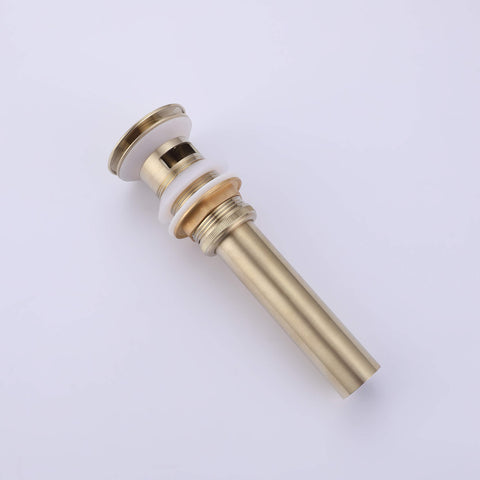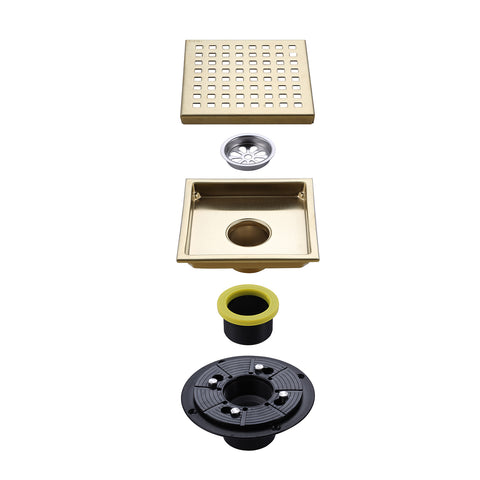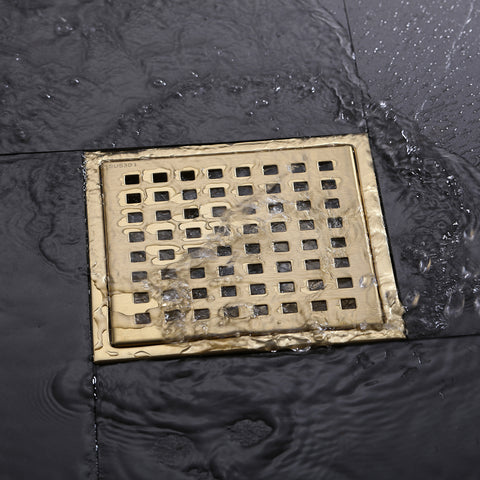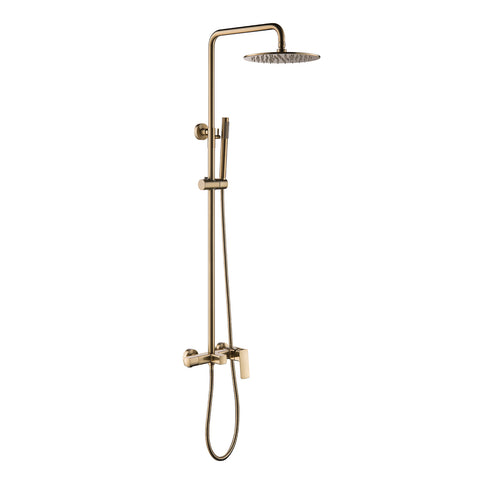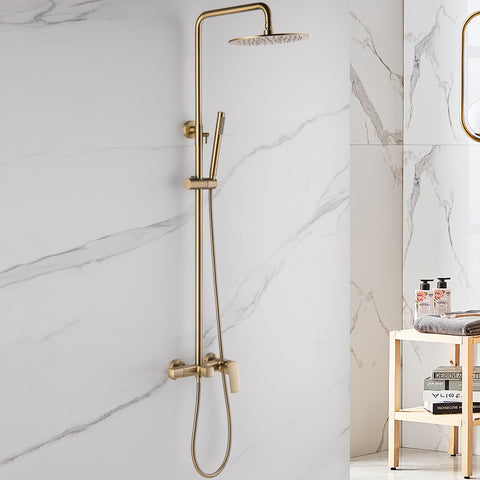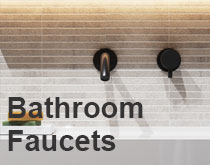The Wall-Mounted Faucet: A Perfect Blend of Fashion and Functionality
The wall-mounted faucet is installed by embedding the water supply line directly into the wall. This configuration allows the faucet to direct water into the sink from a sleek and minimal height, offering more freedom in sink design and placement. With the faucet and sink separated, you gain more flexibility in style, functionality, and cleaning convenience.
Wall-mount designs prevent dirt and rust from building up where the faucet meets the sink — one of the most difficult areas to clean in a traditional setup. Wall-mounted faucets typically come in two types:
Single-Handle Wall-Mounted Faucet
These models control hot and cold water by rotating the handle left or right, and control flow by tilting up or down — efficient and water-saving. Common configurations include:
- Integrated concealed valve with single control
- Separate concealed valve with mixer
- Built-in box with level and protective casing
These built-in boxes are embedded directly into the wall and help with installation alignment and maintenance.
Double-Handle Wall-Mounted Faucet
These faucets offer separate control of hot and cold water — left for hot, right for cold — with the outlet in the center. They deliver higher flow rates, but are less water-efficient and may be unsuitable for children or the elderly due to potential temperature spikes.
Although more decorative, double-handle designs should be installed with caution and paired with an aerator to prevent splashing and reduce noise.
Advantages and Disadvantages of Wall-Mounted Faucets
Advantages:
- Frees up countertop space and makes small bathrooms feel more open
- No hard-to-reach crevices, making cleaning easier
- Visually appealing and modern; enhances decor
Disadvantages:
- Generally more expensive than standard faucets
- Requires professional installation and pre-embedded plumbing
- More difficult to repair if leaks occur
Installation Tips and Precautions
- Purchase the faucet before running water lines to match specs
- Leave the protective cover on during installation to avoid damage
- Test for leaks by pressurizing the system before sealing walls
- Remove all debris inside connectors before mounting
- Recommended height: 15–20cm above the sink and 95–100cm from the floor
Should You Choose a Wall-Mounted Faucet?
- Yes — especially for compact bathrooms where space matters
- Design flexibility and minimalist aesthetics make them attractive
- Modern wall-mounted faucet systems are as reliable as standard showers and widely adopted globally
Wall-Mounted vs. Standard Faucets
- Connections: Standard faucets use angle valves and hoses; wall-mounted types use embedded parts, reducing connection points and potential leaks
- Fittings: Wall-mounted faucets have fewer accessories, simplifying maintenance and improving reliability
Fewer joints mean fewer chances of failure. If installed correctly, wall-mounted systems can be even more durable than conventional ones.
How to Choose the Right Wall-Mounted Faucet
- Stick with trusted brands like Grohe, Hansgrohe, Moen, Kohler, Roca, TOTO, and Rbrohant
- Test the handle for smooth rotation; don’t buy based on looks alone
- Know your sink or tub’s wall distance — the faucet spout should align properly
- Look for copper or ceramic core faucets for long-lasting performance
